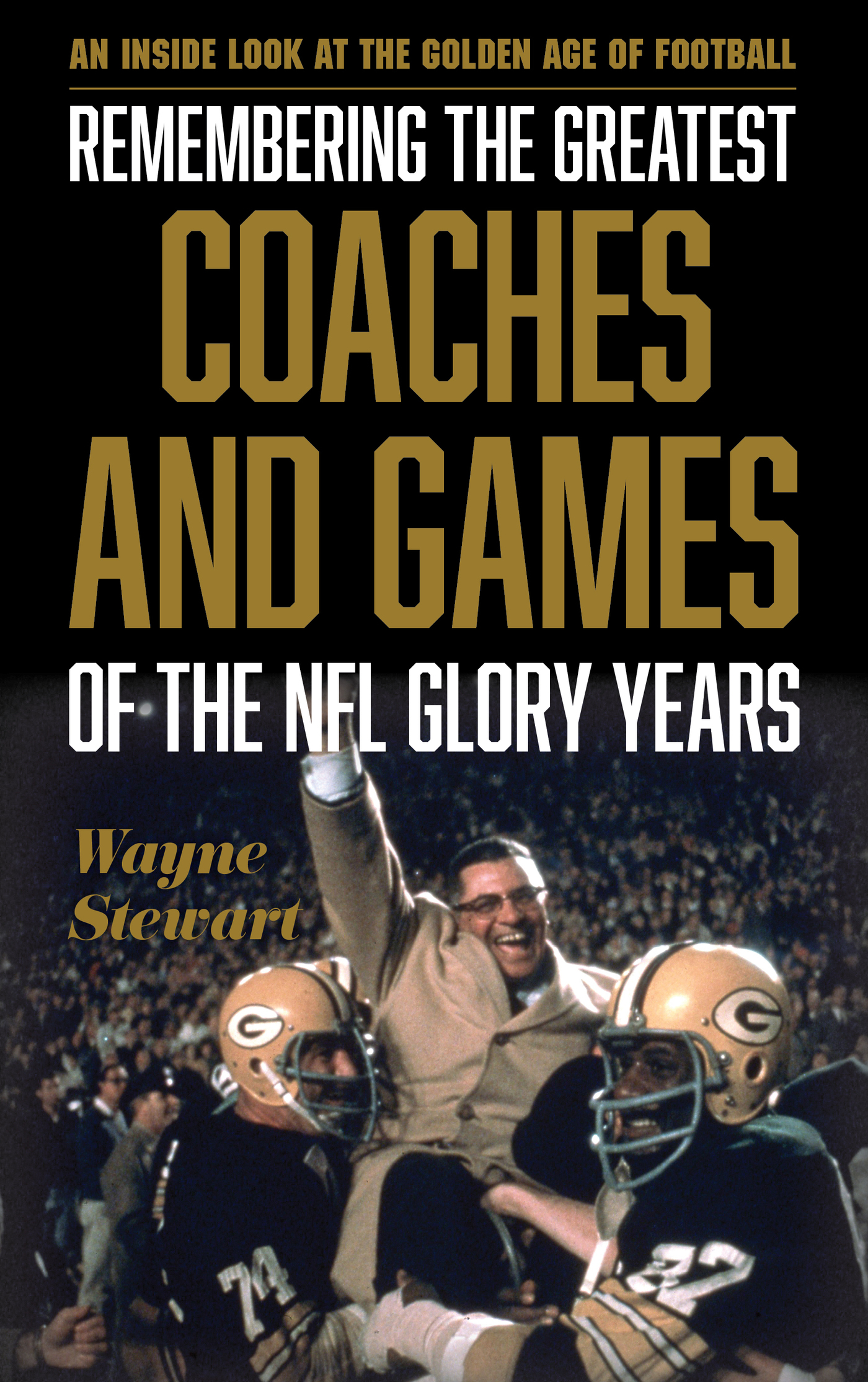Remembering the Greatest Coaches and Games of the NFL Glory Years
Remembering the Greatest Coaches and Games of the NFL Glory Years
An Inside Look at the
Golden Age of Football
Wayne Stewart
ROWMAN & LITTLEFIELD
Lanham Boulder New York London
Published by Rowman & Littlefield
An imprint of The Rowman & Littlefield Publishing Group, Inc.
4501 Forbes Boulevard, Suite 200, Lanham, Maryland 20706
www.rowman.com
Unit A, Whitacre Mews, 26-34 Stannary Street, London SE11 4AB
Copyright 2018 by The Rowman & Littlefield Publishing Group, Inc.
All rights reserved. No part of this book may be reproduced in any form or by any electronic or mechanical means, including information storage and retrieval systems, without written permission from the publisher, except by a reviewer who may quote passages in a review.
British Library Cataloguing in Publication Information Available
Library of Congress Cataloging-in-Publication Data Available
ISBN 9781538101599 (ebook) | ISBN 9781538101582 (cloth : alk. paper)
 TM The paper used in this publication meets the minimum requirements of American National Standard for Information Sciences Permanence of Paper for Printed Library Materials, ANSI/NISO Z39.48-1992.
TM The paper used in this publication meets the minimum requirements of American National Standard for Information Sciences Permanence of Paper for Printed Library Materials, ANSI/NISO Z39.48-1992.
Printed in the United States of America
To those closest to me
my wife Nancy,
my sons and their spouses,
Sean and Rachel, Scott and Katie,
and to my grandson Nathan.
Also to the memory of my parents,
O.J., who taught me to love words,
and Margaret, who taught me the pleasure and
importance of reading.
Acknowledgments
Sincere and huge thanks go out to the following people: Stephen Russell, general chairman of the Mid Mon Valley All Sports Hall of Fame; Ron Paglia, a longtime newsman and writer from Charleroi, Pennsylvania; Chad Unitas; Paige Unitas; Joe Unitas; Leonard Unitas; Sandy Unitas; John Ziemann, former deputy director of the Sports Legends and Babe Ruth Birthplace Museum, and president of Baltimores Marching Ravens (formerly the Baltimore Colts Marching Band); Rich Erdelyi, Carnegie Mellon University football coach; Ron Main, chairman of the Larry Bruno Foundation at Carnegie Free Library of Beaver Falls, Pennsylvania; Pete Fierle and Chris Schilling of the Pro Football Hall of Fame; and John Vorperian, host and executive producer of Beyond the Game.
Thanks also to the people who gave up their time to do interviews with the author, with special appreciation extended to the former players and coaches who generously gave several and/or lengthy interviews: Mike Ditka, Jackie Smith, Floyd Little, Mel Renfro, Chuck Mercein, Don Maynard, Charley Taylor, Manny Fernandez, Gino Marchetti, Tony Benjamin, Sam Havrilak, Fred Cox, Myron Pottios, Doug Crusan, George Belu, Bob Hyland, Tom Matte, Dave Robinson, Rick Volk, John Isenbarger, Paul Warfield, Lenny Moore, Chuck Bryant, Mike Lucci, Joe Walton, Andy Nelson, Bill Malinchak, and Raymond Berry. The quotes in the book, unless otherwise noted, are from interviews conducted by the author with the aforementioned men.
Finally, a huge show of gratitude is owed to my editor, Christen Karniski, for helping make the book better and having faith in our two-book project, Remembering the Stars of the NFL Glory Years, and now this companion book as well.
Introduction
This book stands alone but is a companion book to Remembering the Stars of the NFL Glory Years: An Inside Look at the Golden Age of Football. That book focuses on the game as seen through the eyes of the men who played in that era, the 1950s and 1960s. Remembering the Stars contrasts the way the game was back then with the NFL today, while also featuring the greatest, toughest, and funniest players of that time period.
This book recalls and pays tribute to the greatest coaches, for example, Vince Lombardi, Don Shula, Paul Brown, George Halas, and Tom Landry, and four of the most interesting, noteworthy games of the era: the Greatest Game Ever Played, the Ice Bowl, the Heidi game, and Super Bowl IIIgames that conjure up magical memories. The 1950s and 1960s truly were golden decades of pro footballs history.
One final note: The quotes in this book are from exclusive interviews conducted by the author unless otherwise indicated (and there are no endnotes provided for widely quoted items that can be found in many, various sources).
PART I
The Greatest Games of the Glory Years
The Golden Era of the NFL, defined here as the 1950s and 1960s, featured more than its share of outstanding, unforgettable games. Decisions made by some of the greatest, most memorable coaches in the annals of the league featured prominently in those contests.
The 1958 NFL championship game is a must for inclusion in any discussion of great NFL contests. After all, more than a half century later it is still labeled the Greatest Game Ever Played for many reasons.
Weeb Ewbank took a 75 team from 1957 and helped the Baltimore Colts capture the championship, knocking off the New York Giants, who employed two assistant coaches who were destined for greatness, Tom Landry and Vince Lombardi. The New York head coach was the much more obscure Jim Lee Howell, but even he gained fame by winning the 1956 NFL championship and registering a highly laudatory winloss percentage of .663 over 84 regular season games spread out over seven seasons.
Howells coaching forte was his willingness to give power to Landry and Lombardi, who were in charge of the Giants defense and offense, respectively. By his third year on the job, Landrys defense helped win the championship and had crowds, perhaps for the first time, enthusiastically shouting, Dee-fense! Dee-fense!
Howell once stated, with just a bit of hyperbole and humor, With Tom and Vince, all I have to do is make sure the footballs are blown up, send in the punter on fourth down, and decide whether to kick off or receive.
Hall of Fame receiver Don Maynard, who was on the 1958 Giants team, commented, To me Jim Lee Howell was just a head coach in namehe had two assistants that were as sharp as any who ever coached the game of football.
Maynard said of his one year (1958) as a New York Giant, Lombardi was a great coach, and I was fortunate enough to play for him on the offensive part of it, and over on defense where I was a backup defensive back I had the privilege of playing under Landry also.
The Giants head coach never realized Maynards potential, but later Weeb Ewbank would. A lot of situations are like that, began Maynard. A lot of guys became a little more famous after a year or two, and you just have to keep plugging away. I was fortunate to be under Lombardi and Landry. It worked out perfectly for me. Then, as my career went on later, the same thing [worked out with Ewbank].
Maynard recalled Howells delegating authority to Landry and Lombardi, saying that among other duties, they even did their own bed checks. They had top of the line ballplayers and you didnt have to really worry about somebody breaking curfew. Part of that was the respect the players had for both Landry and Lombardi.
The combination of the two contrasting assistant coaches, who did share the traits of being driven and dedicated coaches, worked. There was Landry, the calm, soft-spoken, controlled one, and Lombardi, the emotional, brash, explosive one. He could be moodyat times after a tough defeat he wouldnt talk to his players. Ultimately, though, the two coaches liked and respected each other and, above all, knew they would do all they could to help the Giants succeed.
Next page
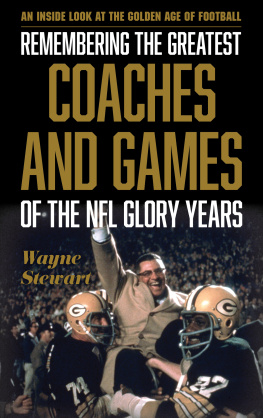


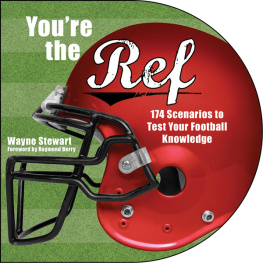
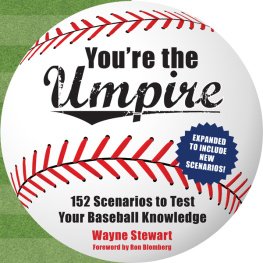
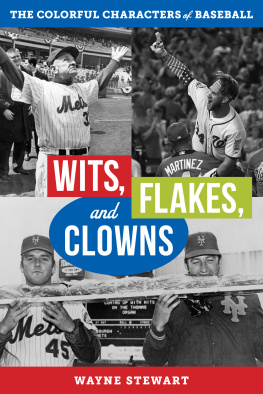
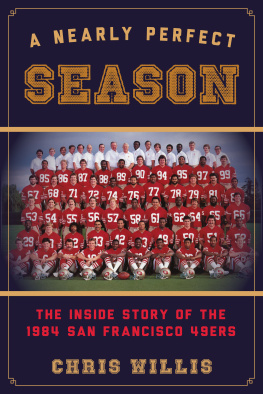
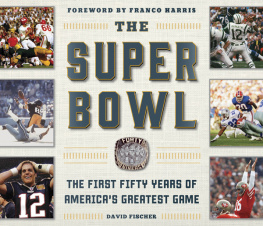

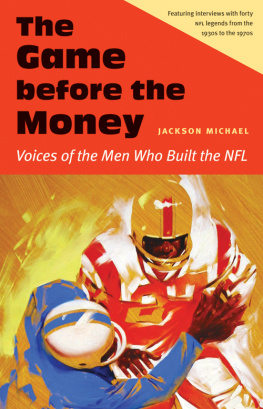
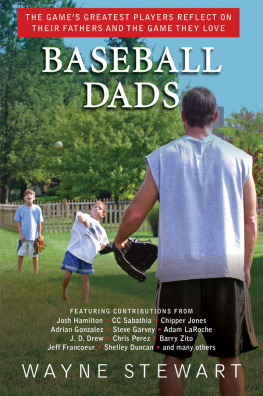
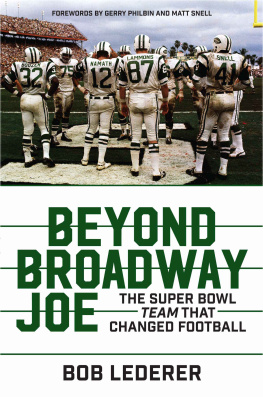
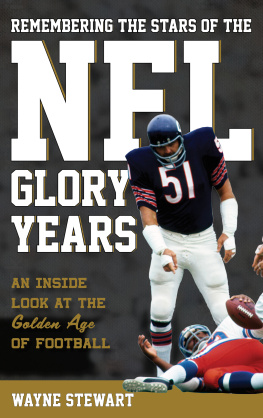
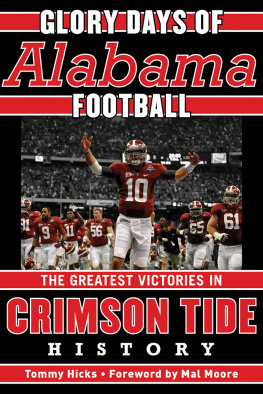
 TM The paper used in this publication meets the minimum requirements of American National Standard for Information Sciences Permanence of Paper for Printed Library Materials, ANSI/NISO Z39.48-1992.
TM The paper used in this publication meets the minimum requirements of American National Standard for Information Sciences Permanence of Paper for Printed Library Materials, ANSI/NISO Z39.48-1992.